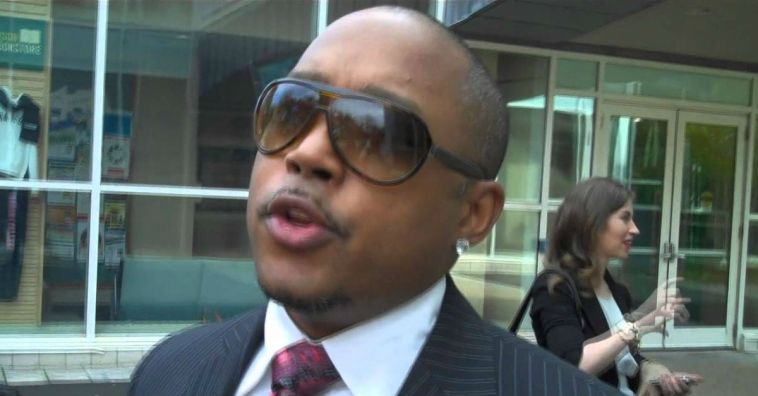Fashion mogul Daymond John, one of the investor “sharks” on the ABC reality show “Shark Tank,” is venturing into a new investment: gun buybacks.
Videos By Rare
Unlike on the show, this investment isn’t for equity. Rather, it’s meant to help prevent homicides and crimes, and make society as a whole feel safer.
It’s a bad investment. As the businessmen sharks know all too well, a product is seldom as good as advertised. So let’s give an overview of the gun problem and the shortcomings of this plan as an effective measure of gun control.
What’s the need for gun control? Daymond cites an inflated statistic that 32,000 deaths are attributable to gun violence, perhaps without realizing that the majority are suicides.
Roughly 8,600 homicides were committed in 2011 with firearms, 395 of which were justifiable homicides by police. There were also justifiable homicides by civilians but these figures are underreported in FBI statistics. Criminologist Gary Kleck’s estimates show that between 5.6% and 13% of homicides are justifiable homicides by citizens.
The biggest gun control measure we can imagine might not have to do with guns at all – it may have to do with drug policy. According to the Centers for Disease Control, upwards of 25% of homicides in the U.S. are drug related, while the Justice Department estimates that figure as high as 33%. That fact alone may indicate that gun violence is a symptom of a much larger problem (the war on drugs), not its root cause.
Deaths from gun accidents, especially among children, are also a concern for Daymond. The good news is that these sorts of accidents have seen sharp declines. Accidental deaths from firearms for all ages declined 80% from 1997-2002. Seventy five children (age less than14) died from accidental firearm injuries in 2005, but that’s 75 out of 4,079 deaths from “unintentional injury” that same year for those aged 1-14. Freakonomics pointed out that owning a pool is a greater detriment to a child’s life than owning a gun.
Moving on to gun buybacks as a solution to gun violence, let’s first note that no criminal is going to turn in a gun they can commit thousands of dollars worth of crimes with for a few hundred bucks. The best possible scenario in a gun buyback is that the legal guns turned in would have otherwise been stolen and entered the illegal black market down the line.
This best case scenario isn’t attainable. A study published in the International Review of Law and Economics has shown that gun buyback programs in the U.S. can, on net balance, actually boost the supply of firearms in circulation. The study differentiates between two types of buybacks: buybacks that occur in an area once, and perpetual buybacks. Single buybacks only temporarily reduce the stock of guns, as many of those who turn in their guns just buy more down the road.
As for perpetual buybacks, gun owners can see them as a type of insurance against buyer’s remorse, making someone more likely to purchase a firearm. Firearms aren’t cheap, so wouldn’t it be great to know that if you don’t like yours you can just sell it at a gun buyback and use the money towards another?
Even the center-left Daily Beast headlined its article on gun buybacks, “Mostly a Waste of Time and Money,” citing one study which noted that most guns turned in are “old or malfunctioning.”
With the fact that gun violence is a symptom rather than a problem of a larger conflict combined with the fact that gun buybacks may have the consequence of increasing the net supply of firearms taken into account, gun buybacks can indeed be deemed a bad investment.
And for that reason, I’m out.

